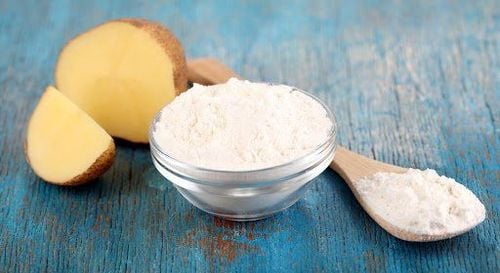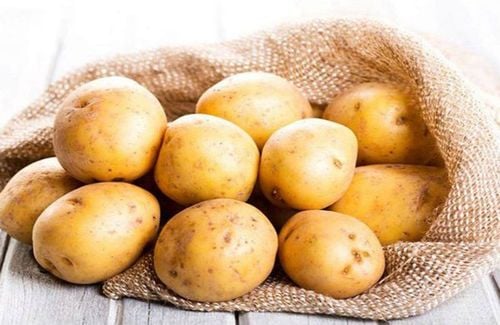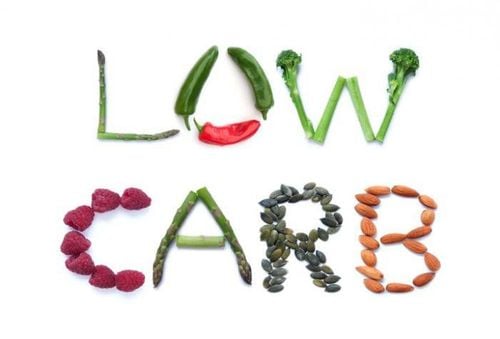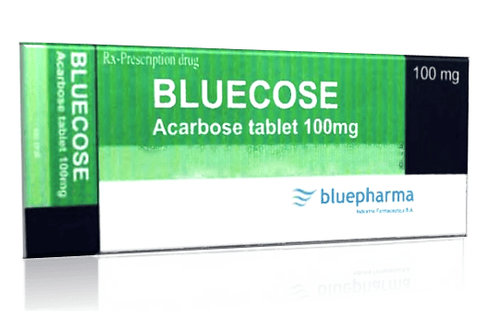This is an automatically translated article.
Resistant starch is one of the effective "assistants" to help you lose weight effectively thanks to the same mechanism of action as a soluble fiber. In addition, adding a certain amount of resistant starch to your daily diet can help you improve your health and prevent dangerous diseases such as obesity, heart disease, diabetes, Alzheimer's disease. and metabolic syndromes.
1. What is resistant starch?
In your diet, the majority of carbohydrates are starch. They are long chains of glucose, commonly found in foods such as potatoes and cereals. However, not every type of starch that you eat every day can be digested. Sometimes, a small portion of starch may not change as it passes through the digestive tract, i.e. it is resistant to digestion. This is a type of resistant starch, it has the same function as soluble fiber.
Several recent studies have shown that resistant starch can provide many outstanding health benefits, including lowering blood sugar, increasing insulin sensitivity, reducing cravings and many more benefits. Another great for the digestive system. Because of this, many people today add resistant starch to their diet.
2. What types of resistant starch are there?
Resistant starch can be divided into many different types, including the following 4 main types:
Resistant starch type 1: Found in legumes, seeds and grains. It has the ability to bind in fibrous cell walls, thus helping to resist the digestive process. Type 2 resistant starch: Found in high amounts in some starchy foods, such as green bananas and raw potatoes. Resistant starch type 3: Produced when certain starchy foods (such as rice and potatoes) are cooked, then allowed to cool. Cooling allows some easily digestible starches to turn into resistant starch through reverse degradation. Type 4: Resistant Starch: Made by humans and formed through a chemical process. However, this classification is also not absolute, because in a given food, several different types of resistant starch can coexist. In addition, the change of resistant starch also depends on how you prepare the food. For example, letting bananas ripen to a golden yellow can destroy resistant starch and turn them into regular starch.

Tinh bột đề kháng loại 1 có trong một số loại ngũ cốc và đậu
3. How does resistant starch work?
Resistant starches are fermentable because their function is similar to that of soluble fiber. It can go undigested as it passes through the stomach and small intestine, then is transported to the colon and supplies the intestinal tract with friendly bacteria, or probiotics.
In your intestinal tract there are hundreds of different types of bacteria living. Researchers have found that the type and amount of bacteria can significantly affect your health. Meanwhile, resistant starch has the ability to nourish the bacteria in the intestine and positively affect their activity and quantity. Certain compounds are produced when bacteria digest resistant starch. This compound is composed of short-chain fatty acids (especially butyrate) and gases.
The short-chain fatty acid butyrate is one of the favorite fuel sources of the cells lining the colon in the body. Therefore, resistant starch not only feeds the beneficial bacteria, but also indirectly feeds the cells in the colon through increasing butyrate levels.
Overall, resistant starch can have some great benefits for your colon. One of the most positive effects is lowering the pH, thereby reducing inflammation and the risk of colorectal cancer. On the other hand, other short-chain fatty acids, when not being used by colon cells, are transported to the liver, blood, and the rest of the body.
In addition, people also use resistant starch to support and treat digestive disorders, such as Crohn's disease, ulcerative colitis, diarrhea, constipation or diverticulitis. And yet, some animal studies have also found that resistant starch can increase the body's absorption of minerals.
4. The Health Benefits of Resistant Starch
Consuming resistant starch can have a variety of benefits for your metabolism as well as your overall health. Some trials have shown that resistant starch can help enhance the body's cells' ability to respond to insulin (insulin sensitivity). In addition, it is also particularly helpful in reducing blood sugar levels after eating. What's more, when you consume resistant starch for breakfast, it also helps lower your blood sugar at lunch.
Tinh bột đề kháng có ích trong việc làm giảm lượng đường huyết sau khi ăn
On the other hand, resistant starch also brings very impressive effects in glucose and insulin metabolism. Research has shown that, after about 4 weeks, consuming 15-30 grams of resistant starch per day can improve the body's insulin sensitivity by 33-50%. Insulin resistance can lead to a number of serious diseases, such as type 2 diabetes, heart disease, obesity, metabolic syndrome, and Alzheimer's.
By reducing blood sugar and improving insulin sensitivity, resistant starch can help you effectively prevent chronic diseases and improve your quality of life. However, these beneficial effects are different for each person, it depends on the dose as well as the type of resistant starch that the person consumes.
5. Can resistant starch help with weight loss?
Compared to regular starch, resistant starch provides fewer calories, about 2-4 calories per gram. The lower the number of calories in a food, the higher the resistant starch content of that food.
Researchers have found that consuming soluble fiber can help you lose weight by increasing satiety and reducing appetite. Meanwhile, resistant starch also acts like a soluble fiber, so adding this starch to your daily diet can help you curb your appetite, thereby reducing your appetite. Eat fewer calories.
6. How should resistant starch be used in the diet?
In fact, among the foods that you usually eat every day, there are some that are high in resistant starch, such as green bananas, cashews, legumes, raw oats, raw potatoes or potatoes Cook then cool.
Although these foods are all rich in starch, people who are following a low-carb diet can still consume them between 50 - 150 grams. You can completely add resistant starch to your daily diet without having to consume any other digestible carbs, such as raw potato starch.

Tinh bột khoai tây là một trong các loại tinh bột đề kháng hiện nay
Raw potato starch is generally affordable, has a mild taste and is very versatile when added to the diet in a variety of ways, for example mixed with water, sprinkled on foods or added to smoothies . Each tablespoon of raw potato starch will provide about 8 grams of resistant starch. However, you should add this resistant starch gradually as it can cause symptoms like discomfort and bloating at first.
You should only use them in a certain dose, because adding too much raw potato starch does not bring more benefits. Excess raw potato starch will be eliminated from the body when you have provided enough 50-60 grams per day. Also, the benefits of resistant starch are not immediate, increasing production of short chain fatty acids can take 2 to 4 weeks, so you should be patient when using them.
Any questions that need to be answered by a specialist doctor as well as customers wishing to be examined and treated at Vinmec International General Hospital, please register for an online examination on the Website for the best service.
Please dial HOTLINE for more information or register for an appointment HERE. Download MyVinmec app to make appointments faster and to manage your bookings easily.
Reference source: healthline.com












